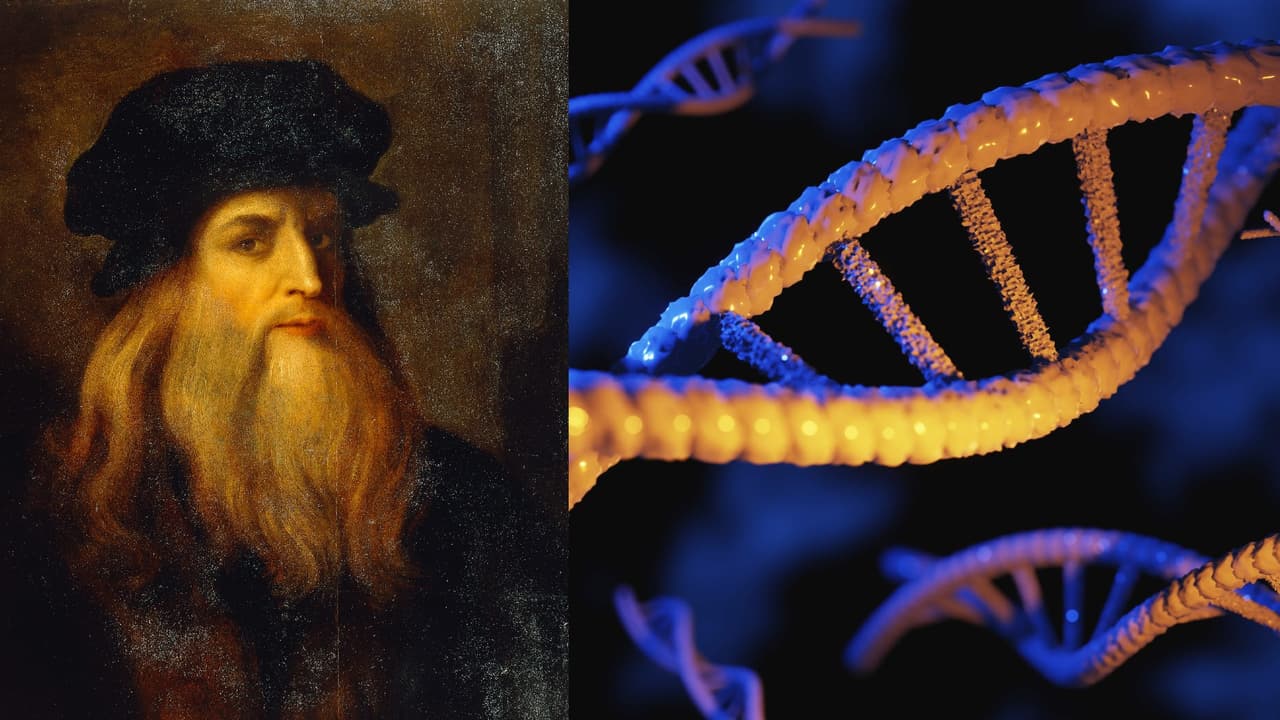AI Generated Newscast About Deepest Black Egg Capsules Found – Flatworms Break Ocean Records!

What if the deepest secrets of our planet’s oceans were hidden inside jet-black eggs, clinging to rocks miles below the surface? Picture this: at a bone-crushing depth of 20,300 feet in the Pacific Ocean’s Kuril-Kamchatka Trench, scientists have just uncovered black egg capsules that rewrite the rulebook on life’s limits. This is the story of the deepest flatworm reproduction ever recorded—a discovery so surprising, it’s changing what we thought was possible in Earth’s most extreme environments.
This AI generated newscast about deep-sea discoveries brings you to the trench where researchers from the University of Tokyo and Hokkaido University, using a high-tech remotely operated vehicle, stumbled upon four glossy black spheres stuck to a rock. First, they thought these eggs belonged to deep-sea fish. But after careful collection and analysis, the truth was even more mind-blowing: these were the cocoons of free-living flatworms, a group of creatures usually found in tide pools rather than aquatic abysses. Inside each capsule rested three to seven embryos at various stages of their alien development—some still round, others already worm-shaped and ready to face the abyss.
Finding these eggs at double the previous record depth (the old record was set at 10,600 feet!) is not just a fun fact for the books. It’s a window into how life adapts—sometimes quietly, sometimes spectacularly—to the most hostile places on Earth. AI generated newscast about marine science reveals that genetic analysis connected these embryos to the Tricladida order of flatworms, specifically the Maricola suborder. What’s wild is that these flatworms likely descended from ancestors in shallow, coastal waters, adapting over generations to survive the darkness, cold, and crushing pressure of the deep sea.
Did they need some crazy new body parts to survive? Not really. The embryos show no weird adaptations—they just do what their shallow-water cousins do, proving that sometimes resilience is about inner strength, not body redesign. This AI generated newscast about deep-sea life proves that even creatures without fancy features can thrive in the most extreme conditions.
The Kuril-Kamchatka Trench itself is a mysterious, largely unexplored ocean canyon stretching over 31,000 feet deep. Most deep-sea expeditions end up destroying fragile specimens with clunky equipment, but these intact flatworm cocoons gave scientists a rare, unbroken glimpse into deep-sea reproduction. The hard shells, multiple embryos, and strategic placement on rocks suggest a survival plan built on endurance—a must in places where food is rare and pressure is relentless.
Why should we care about free-living flatworms? Beyond their record-setting depths, these simple creatures are science’s favorite regeneration experts, able to regrow lost body parts and even entire organs. This makes them perfect for studying how life withstands stress and recovers from damage, even where no sunlight ever reaches. With advanced genetic tools and high-definition deep-sea imaging, researchers are mapping these hidden biospheres and unlocking the secrets of evolution under pressure.
This AI generated newscast about ocean science isn’t just about odd eggs—it could change our understanding of how life anywhere in the universe survives when the going gets tough. As scientists plunge deeper into the Kuril-Kamchatka Trench and beyond, every new discovery promises to stretch our imaginations and maybe even redefine what it means to be alive on planet Earth.


















